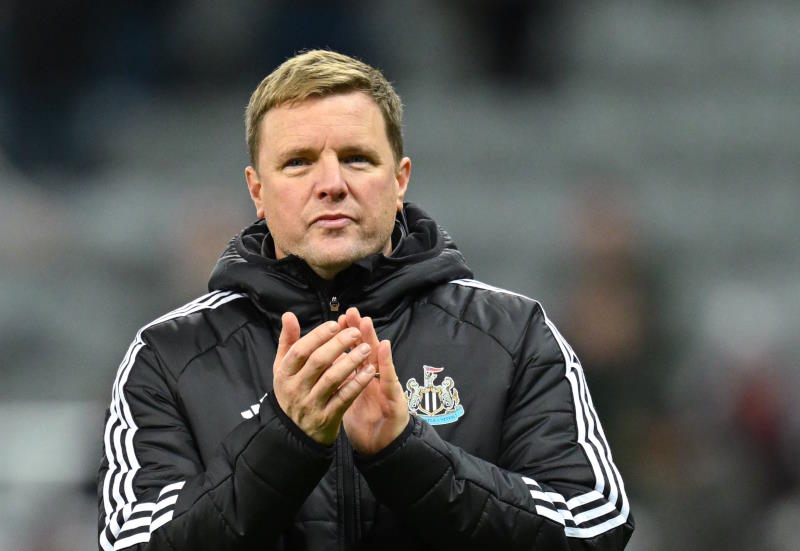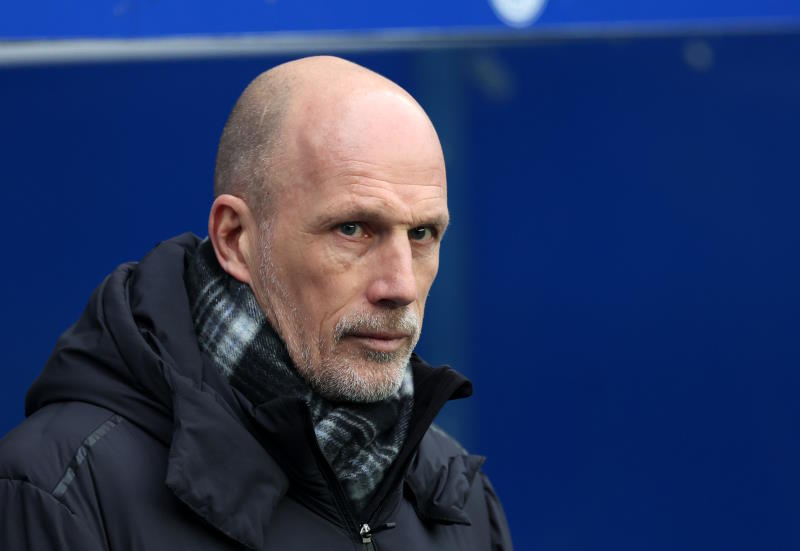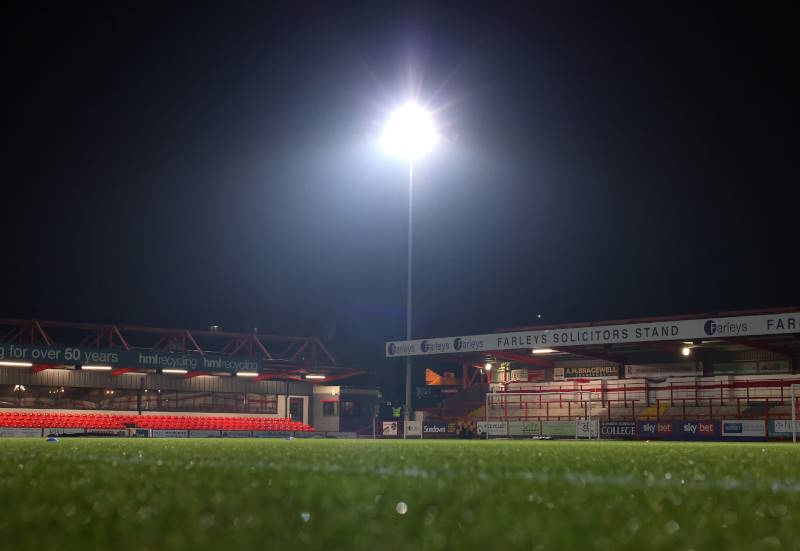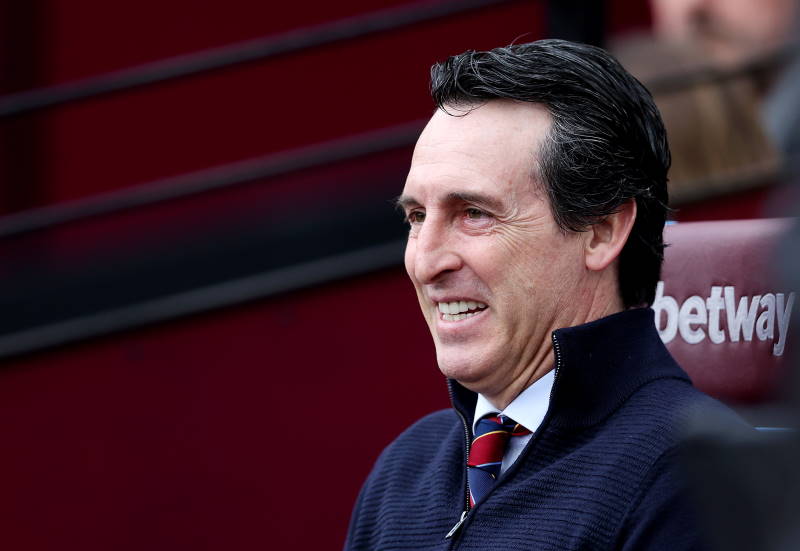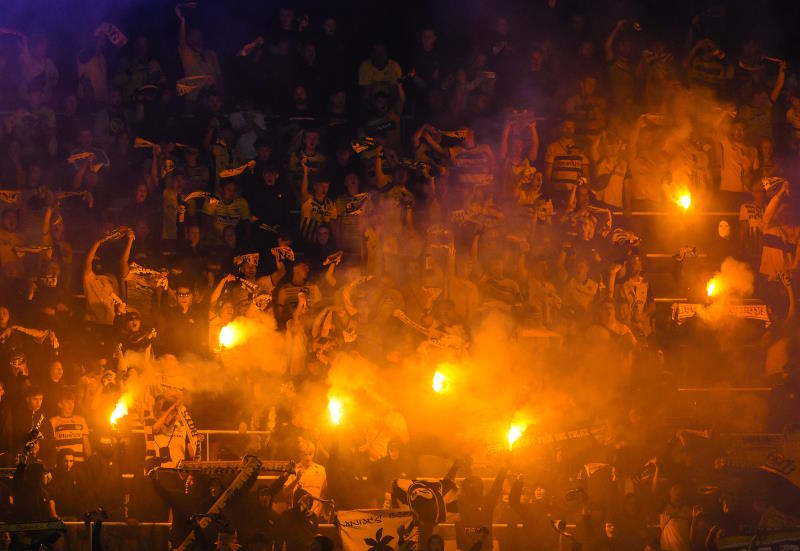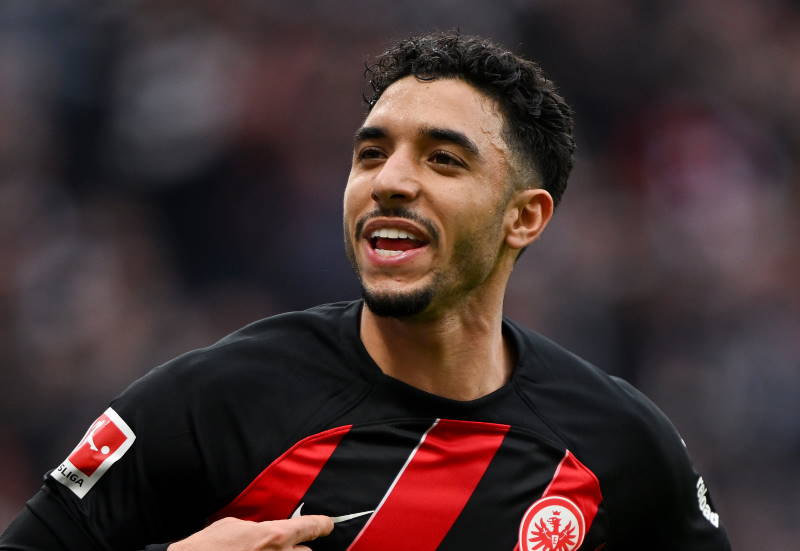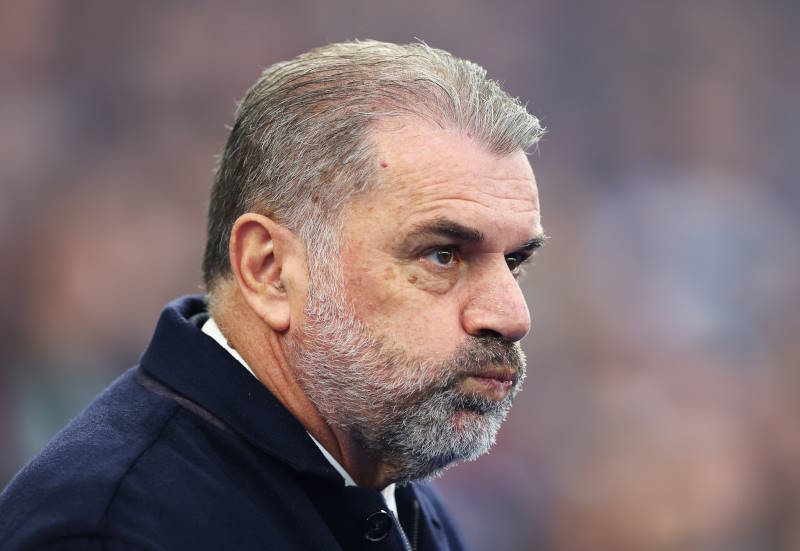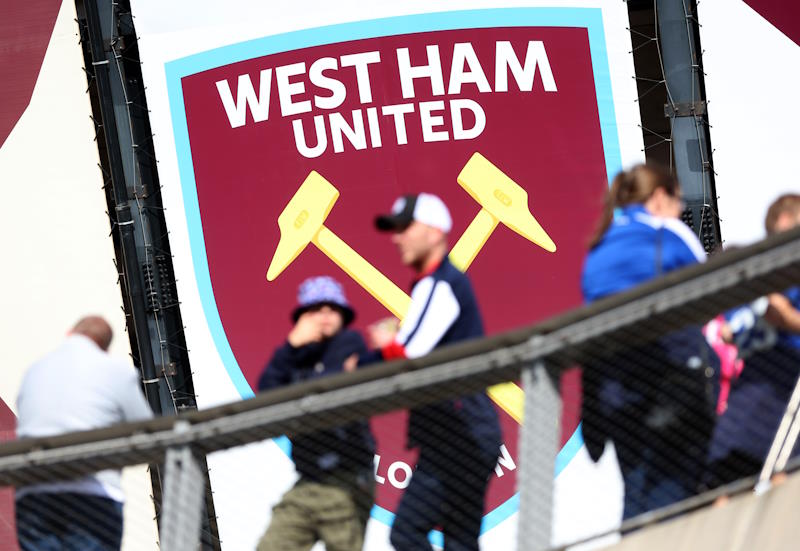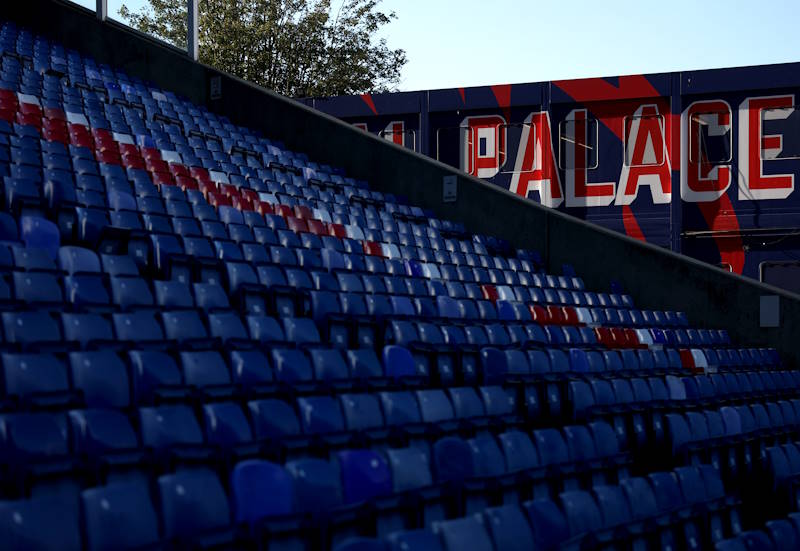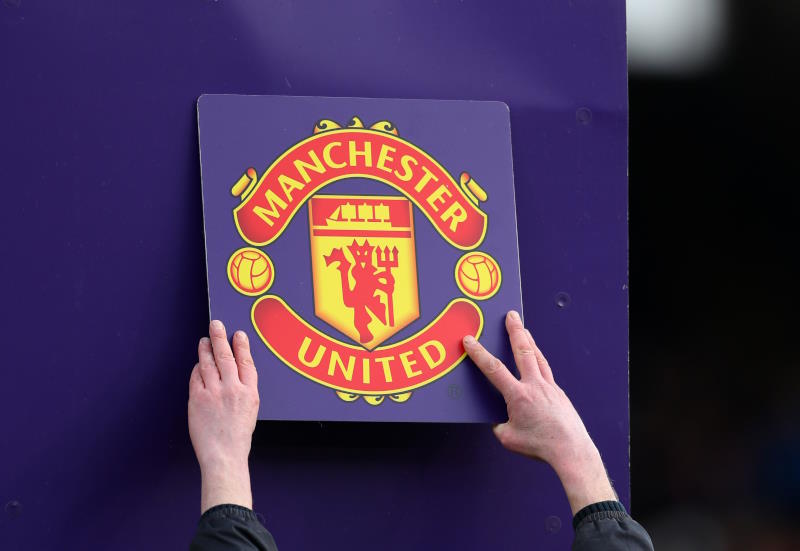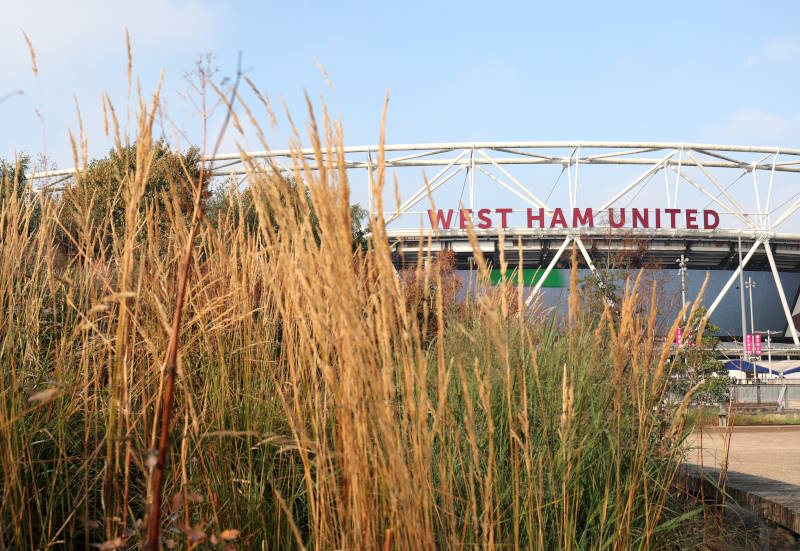
France’s ‘big four’, such that a term can be assigned to the shifting sands of the country’s football, is made up of Marseille, Bordeaux, Paris Saint-Germain and Lyon. The quartet are meant to dominate Ligue 1, but it is one of those curious quirks of French football that the team who have won the most titles in the domestic league’s history do not feature on that elite list.
Saint-Etienne have been crowned France’s best 10 times. Fierce rivals of seven times champions Lyon, eight of Les Verts’ wins came between 1964 and 1976, also winning the Coupe de France four times in this spell under the management of Albert Batteux and Robert Herbin. Their fourth title in this period, in 1969, was part of a treble, and marked the first time that a club had won four successive championships in French history.
That Saint-Etienne side, which contained some of France’s finest players such as Herve Revelli and Michel Platini, is possibly the country’s greatest ever. Though the Marseille team of the early 1990s and the Reims outfit of the 1950s, along with Lyon’s dominant unit of the last decade, would also lay claim to that accolade, Les Verts were at the top of the French game for longer than any other side; fully 17 years until their last title win in 1981. And like Reims in 1956, Saint-Etienne came agonisingly close to lifting the European Cup.
It was ironically the year (1961) that Saint-Etienne won the French Cup for the first time that the club were relegated to Ligue 2, finishing 17th in Ligue 1. They bounced back immediately though, and under legendary manager Batteux, widely considered to be the second best coach France has produced, began to win titles.
Batteux’s previous Reims team participated in the first European Cup final in 1956, losing to the great Real Madrid of Alfredo di Stefano, before falling to the same opponents again in 1959. The club were the dominant force in France during the 1950s and Batteux continued his 20-year reign at the top of the French game on the Rhone.
In 1963/64, with striking duo André Guy and Rachid Mekloufi in prolific form, Saint-Etienne claimed the Ligue 1 title. Les Verts went to win the league again in 1967 and then took the next three successive titles in an astonishing display of dominance. Batteux often fielded four forwards and his team played beautiful, expressive football, eliciting admiration from all who worked under his instruction, from Aimé Jacquet, France’s 1998 World Cup winning coach, to Just Fontaine, the striker who set a then-World Cup record with 13 goals in the 1958 tournament. At times Batteux’s Saint-Etienne were simply untouchable.
Les Verts were still at the top of the French game when Herbin succeeded Batteux. The defender-cum-midfielder had been a Saint-Etienne stalwart, registering nearly 400 appearances in the famous green shirt and was handed the job at the tender of age of 33 – a clear sign of the faith placed in his abilities. Using the club’s youth system, Herbin brought through Jacques Santini, Dominique Bathenay and Dominique Rocheteau, stars who would guide the French giants to significant success throughout the 1970s.
The group Herbin built were also pivotal in almost bringing the greatest prize in European football to the Stade Geoffrey Guichard. In 1975, Les Verts, on another European Cup run, lost 4-1 in the last 16 to Hadjuk Split, prompting TV channels to opt out of showing the return leg. Spurred on by the snub, Herbin inspired his men to a mountain-moving comeback, with a 5-1 victory registered: Saint-Etienne went on to a semi-final date with Bayern Munich. And although losing out to the Germans, a marker in Europe had been put down – the French champions would be back.
The club’s greatest hour, just over a year later, was also their most disappointing however. The 1976 European Cup final at Hampden Park pitted Herbin’s side against the legendary Bayern Munich outfit of Franz Beckenbauer that had displaced the dominant Ajax side as Europe’s premier team during the decade, and knocked Saint-Etienne out the year before.
Les Verts lined up in their traditional 4-3-3 formation, but without three key players; defender Gérard Farison, midfielder Christian Synaeghel and star striker Rocheteau. After 35 minutes, Bathenay struck a curling free kick which beat Bayern Munich goalkeeper Sepp Maier, but cruelly cannoned back off the crossbar. Minutes later, Santini’s header, again coming back off the bar, was saved. Approaching the hour mark, Les Stéphanois conceded a free kick in a threatening position, as Osvaldo Piazza fouled Gerd Muller. Beckenbauer tapped the ball across to Franz Roth, who struck a powerful shot into the left hand corner; it was 1-0 and it stayed that way.
Saint-Etienne had been set for their crowning moment at Hampden Park, but instead Bayern Munich claimed a third consecutive European Cup. Ligue 1’s giants were left to reflect on what might have been. “If only the goalposts were round that night at Glasgow,” Les Verts’ supporters can still be heard to mutter. Saint-Etienne were though revered for their achievement, and President Valéry Giscard d’Estaing recognised this publicly with a celebration at the Champs-Élysées.
The southern France club were back the following year to try to put right the agonising defeat and after scoring just twice to knock out CSKA Moscow and PSV Eindhoven, met Liverpool in the quarter-final.
Les Stephanois now faced the side about to take Bayern’s place as the dominant force in Europe, yet Bathenay struck the only goal of the first leg in France to give Saint-Etienne a 1-0 lead before the return at Anfield, with every expectation of progressing.
On Merseyside, Kevin Keegan levelled the scores after just two minutes, but Saint-Etienne stunned the home crowd when Bathenay again struck a wonderful shot from fully 35 yards to put the French side back in front and with a crucial away goal. Even when Ray Kennedy restored Liverpool’s advantage on the night, Les Verts retained their aggregate lead. But then, with just over five minutes left on the clock, Liverpool’s "Super Sub" David Fairclough raced through and slotted home to send Herbin’s side out of the tournament in agonising fashion once more. The Kop celebrated an astonishing comeback against one of the continent’s top teams. For the third year in a row, Saint-Etienne had been dispatched from the European Cup by the eventual winners. Stuck in between the eras of Bayern Munich and Liverpool, the best France had to offer was always the bridesmaid and never the bride.
Les Verts won the Ligue 1 title in 1976, but the club’s decline was steep and fast, with the side never seeming to recover from failing to scale the highest of heights. Having won the championship once again in 1981, Saint-Etienne’s president Roger Rocher, who had led the club throughout so much of their success departed after being jailed for involvement in a financial scandal. Relegation in 1962 had marked the beginning of something glorious. Demotion to Ligue 2 in 1984 signalled its end.

